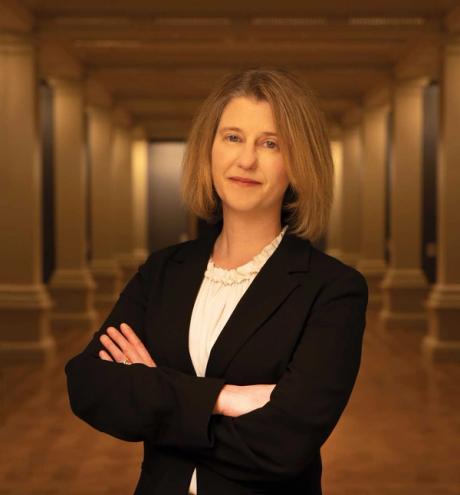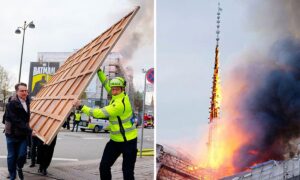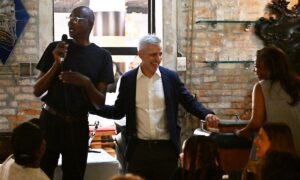
Caroline Campbell, the director of the National Gallery of Ireland in Dublin, puts a different spin on the history of art in her book The Power of Art: A Human History of Art, analysing how 15 cities have furthered artistic creation over the centuries. Chapters cover cities and eras such as “New York: Rebellion 1929-70” and “Vienna: Freedom 1900-14”, and also encompass less familiar hubs such as Pyongyang and Brasilia. “I wanted to write a history of art that explains the social, cultural, political and economic contexts within which artists have worked, and which tells the story of makers and users as humans—with all the good and bad that this entails,” Campbell says.The Art Newspaper: How is the book different from other art historical analyses?Caroline Campbell: It was important for this to be a world story although it is inevitably shaped by my perspective as a European. It is also one very connected to urbanism. Though art has been made everywhere, it’s been particularly connected to cities. Since the first cities evolved in the eighth millennia BC, they’ve been beacons for dynamism and creativity.Cities bring people together from many places and backgrounds; they engender a spirit of competition; and the surplus resources that they depend on give people the opportunity to make and patronise art. Nowhere do we find more stimulation or interaction, and whether we love them or loathe them, we can all identify with them.My book connects the stories of 15 cities at moments in their history that coincided with intense creative activity, with 15 of the qualities and passions that make us human.How did you choose these cities? Were there obvious contenders?I agonised about the choice of the cities. There was so much I wanted to write about that I could not include. Berlin and Paris are probably the most surprising omissions. There were other cities I really wanted to study, including Doha, Moscow and Dublin. Ultimately, I was guided by the objects and ideas I felt were most important to my overall narrative. I wanted to write about totalitarianism, and about the negative as well as the positive powers of art. That, and the contemporary aspect, guided the inclusion of Pyongyang.Which artist or figure became the most “human” to you?More than any other source, art can emotionally connect us to the nameless of previous ages. I think of the fragments of wall paintings and ceramics discovered on the floor of the Dar al-Khilafa palace in Samarra. These evoke the lives and experiences of people who are completely lost to us—the enslaved men and women who lived for the pleasure of the Abbasid caliphs.Have you since thought about other cities that might have featured? Is this an ongoing investigation?I am constantly interested in cities, and in art, so I’m continuing to think about how I could investigate this in the future. Centres like Astana, the capital of Kazakhstan, spring to mind. Also metropolises that have changed radically, such as Alexandria.• Caroline Campbell, The Power of Art: A Human History of Art: From Babylon to New York City, Pegasus Books, 512pp, $39.95 (hb)


























